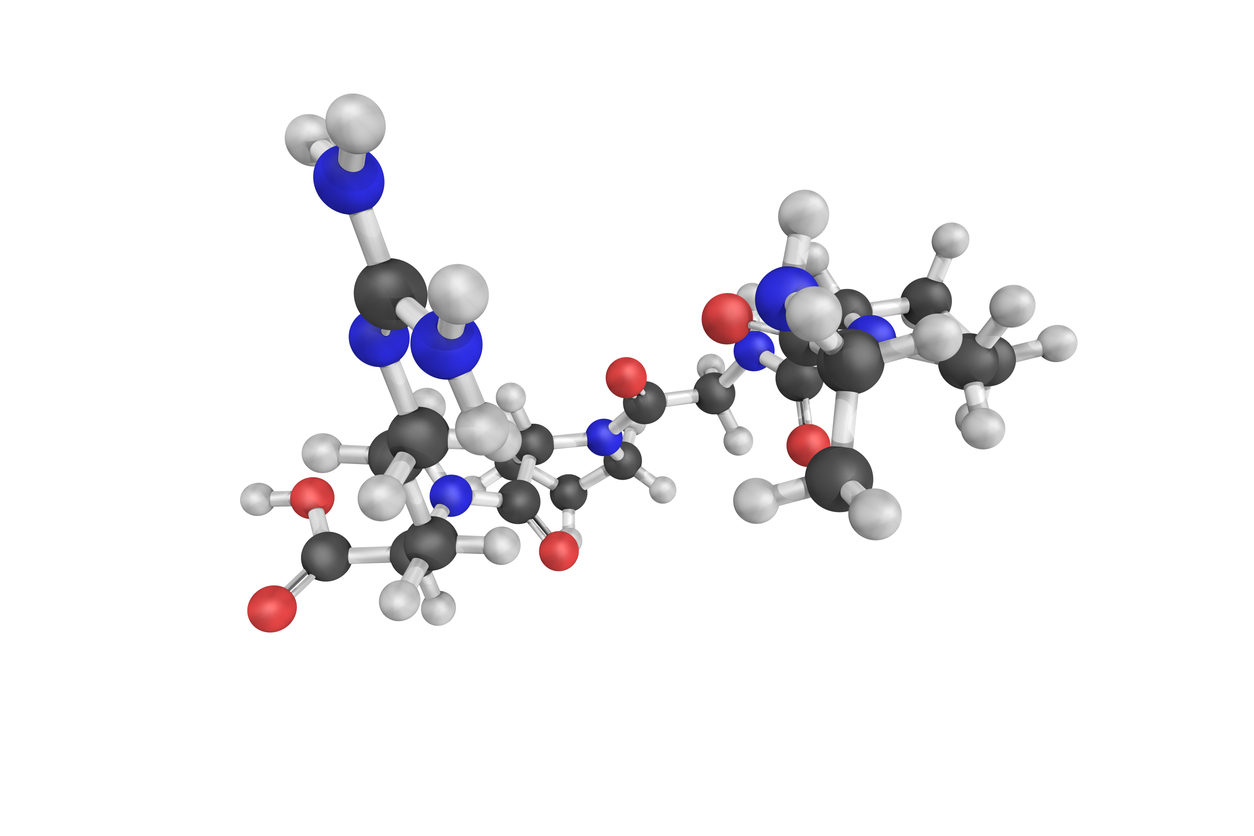Expert Knowledge
1/5/2024
The Increasing Complexity of Immune Cell Assays
.jpg)
The use of immune cell assays provides vital information on mechanistic mode-of-action, compound efficacy and safety profile for immunotherapy drug discovery. Whether the focus lies in combatting cancer or autoimmune and inflammatory conditions, the translatability of these assays is pivotal in advancing therapeutics towards clinical success. The relatively high level of candidate therapeutics that have shown efficacy in pre-clinical in vitro assays but fail to show similar impact in the clinic underscores the importance of accurately recapitulating the complexities of the in vivo environment and the need to enhance the translatability of in vitro pre-clinical platforms.
Mimicking the in vivo environment
The in vivo environment influences immune cell phenotype and therefore providing the same environmental cues can be used to recapitulate disease-relevant cell phenotypes in vitro.
Myeloid cells: anti- or pro-inflammatory macrophage assays and myeloid-derived suppressor cell (MDSC) assays can be used to determine a drug candidates’ immunomodulatory ability to alter disease-relevant cell phenotype or function and also measure downstream impact on effector cells such as T cells. Cutting edge techniques such as single-cell sequencing and high content imaging provide in-depth characterisation of cell characteristics to validate the relevance of these assays and determine therapeutic effects.

T cells: human exhausted T cell assays can be used to mimic the phenotypic and functional characteristics of exhausted T cells observed within tumour micro-environments and can serve as a powerful tool to evaluate an immuno-oncology drug candidate to prevent or reverse T cell exhaustion and permit effective tumour cell clearance. For autoimmune and inflammatory conditions, recreating pro-inflammatory cell types such as those with Th1 or Th17 characteristics or suppressive cells such as Treg can again help determine a drug candidates’ ability to impact the cells responsible for driving or regulating disease.
The below table shows that therapeutic goals can also differ for each assay depending on the target therapy area.

Increasing complexity: 3D models
2D platforms can provide robust data on the effect of a drug candidate under conditions of uniform exposure. In vivo, and particularly in the tumour microenvironment, cells exist in 3D structures, resulting in an uneven drug exposure and functional diversity due to factors like oxygen and nutrient gradients. Utilizing 3D models enhances translational relevance, enabling assessment of compound effects on proliferation and cytotoxicity in a more physiologically relevant environment. One such example is the conversion of traditional 2D tumour cell killing assays into 3D platforms. In this assay, tumour cells are co-cultured in 3D format alongside PBMCs and drug effects on tumour cell killing can be measured in real-time using the Sartorius Incucyte® live-cell imaging instruments.

How we can help
With our extensive in-house immunology expertise and proven long track record establishing and developing robust platforms, we are continually improving our immune cells assays to assist with the changing requirements in immunotherapy drug discovery. We can help you from early target validation and proof-of-concept through to pre-clinical efficacy and safety evaluation. As well as more standard off-the-shelf assays we also routinely offer custom based assays and can advise on the most appropriate assays for your scientific needs.











.jpg)

